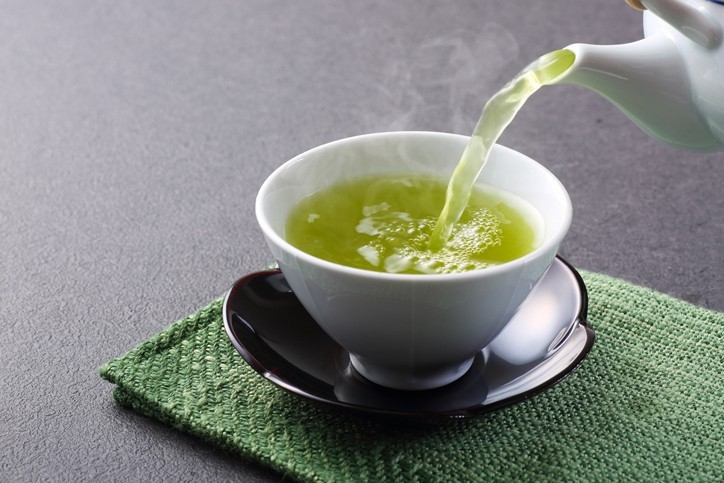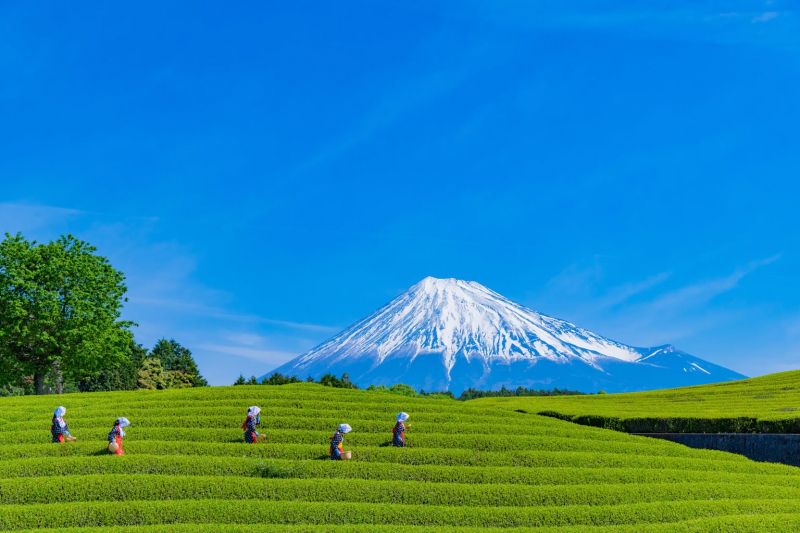Japan
Japan is the world's eighth-largest tea producer, and tea is grown in the country's southwest. Shizuoka and Kagoshima are the two largest tea-producing regions in Japan. The Kyoto region is well-known for its long history as the birthplace of Japanese tea. However, there are many distinct green teas in Japan's regions. Shizuoka is Japan's largest tea-producing region. Its tea plantations produce sencha for large commercial uses, as well as Fukamushi Sencha, which is a deep steamed sencha that requires a longer steaming time than is typical for processing Japanese green tea.
In Shizuoka Prefecture, there are many tea plantations that offer varieties of tea that can be eaten in addition to being drunk. Kawane is one of the most well-known. Kawane is known for producing high-quality, deep-steamed Fukamushi Sencha. It is situated on a mountainside on the upper stream of the Oi river.
Buddhist monks may have brought tea to the islands as early as the sixth century. Tea was quickly associated with religious ceremonies, with accounts of Emperor Shmu serving tea to 100 monks. Tea seeds are thought to have first arrived in Japan in 805 and 806, with the burgeoning tea industry catching the attention of Japan's 52nd Emperor, Saga, during his reign from 809 to 823. Tea cultivation began after more seeds were imported, and the rest, as they say, is history.
Green Sencha and Green Matcha are currently Japan's most popular tea exports, but most of the country's tea production is actually consumed domestically.












